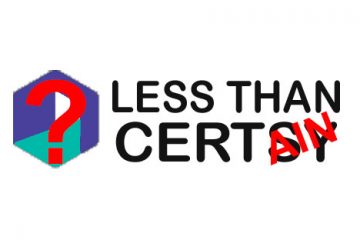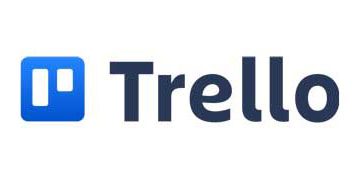Processes and their place in Management Systems
The current management system standards make more references to processes than they do procedures. This is because with modern software using workflows and automated machines controlling inputs and outputs a procedure is often unnecessary. Processes can be controlled automatically without relying on people and procedures to make the right choices. But what if you don’t have fancy software or automated machines controlling your processes. Do you still need procedures or can you use processes?
In its simplest form a process is an input, an action and an output.

This can be used instead of a procedure, but what is missing from the above?
The controls are missing which ensure the process does not fail. For it to be effective you would need to consider what controls you want to apply to the inputs, the action or the outputs (or the process as a whole).
As a simple example we use chopping carrots as our process. You want to make sure you don’t chop bad carrots so you check the quality of the carrots (inputs) before you chop them. The chopping won’t be effective unless you have a sharp knife so you check this before you start chopping. Then we want the pieces we’ve chopped to be regular sized so we might check the outputs. As a process we may not want it being undertaken by people unless they have been trained. If we were to establish this as a documented process we might document:
- who is able to undertake the process
- the carrot’s quality requirements and checks
- the equipment to be used (knife and chopping board)
- the need to check the knife blade’s sharpness before we start chopping
- the size requirements of the chopped carrots
So the entire process might look like this:

The controls are on the person conducting the process, the quality of the carrots which are inputted to the process, the equipment used and its condition and the size of the resulting diced carrots from the process. These controls are what you would monitor and measure.
So you might choose to train people to recognise a good carrot and audit that they are applying that training. You might choose to measure samples of the size of the diced carrots to see if the accuracy is dependent on the person, the time of day or the day of the week. You might want to establish a register to ensure the checks of the knife are recorded or you could improve the process by establishing a maintenance routine for sharpening the knives and therefore eliminate the risk that the knife being used could be blunt. To do this you’d need to determine how long it takes a knife to go blunt. You may then want to correlate the accuracy of the dicing against when the knives are sharpened to see if there is any relationship. Any insights into the data being monitored or measured can lead to opportunities to improve the process (i.e. sharpen the blade before it leads to inaccurately diced carrots).
If you fully automate the process with the Wonder Carrot Chopper you’d probably be hoping the new machine could detect damaged or defective carrots and reject them, sharpen it’s own knives and guarantee the correct dicing size and the process may remain very similar, but the controls needed would change. You’re no longer worried about training someone or checking the quality of the input, because the machine does that for you. You may still want to sample and analyse the output as this might help you determine when to get the machine serviced or replaced.
So processes can be used to document your management system. They are often simple, quick to document and easy to follow, but they can become complex for processes which involve numerous resources, a long list of requirements, many decision points, controls and interactions with other processes. Where processes are complex it’s is often easier to represent the main process in simplistic steps and then detail each step as it’s own process. In these cases, many organisations turn to dedicated software for the task such as Nintex ProMapp or Holocentric.
If you’re not keen to get into process mapping you can identify your processes at the highest level and then write procedures to document them. It is a decision which should be based on the organisation, its culture, the complexity of what it does and what best suits the users of the system.


